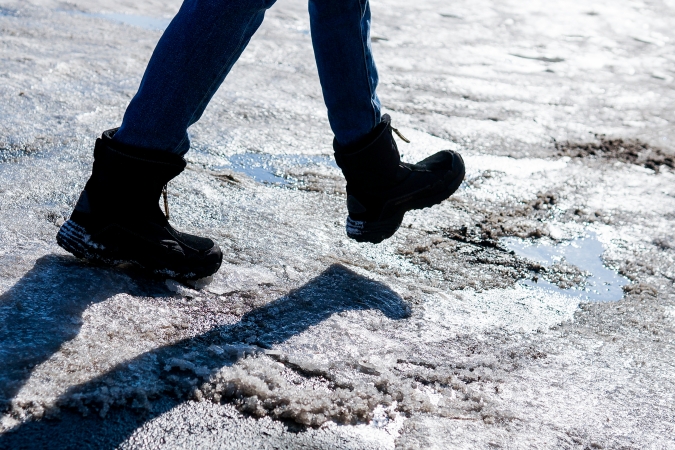
Falling temperatures and falling snow are a clear indication that the winter sports season is upon us. During this time of year, many families look forward to swishing down slopes on skis, tackling the bumpy terrain on a snowboard, sliding down the hill on a sleigh or perhaps twirling on an ice rink. However, when you put your coat and gloves on this season, bear in mind that outdoor activities cause thousands of injuries each year. According to the American Academy of Orthopedic Surgeons, the most common winter sports injuries include sprains, strains, dislocations and fractures.
“While we are all susceptible to injury, there are ways of reducing that risk so that you are not stuck in the lodge watching others play in the snow,” said Cody Martin, MD, orthopedic surgeon. “Warm up before your winter activities so that you stay on the slopes and out of the emergency room or my office.” Some people like to say – condition before participation. Injuries are far more likely to happen when muscles, tendons and ligaments are cold or when they are fatigued; a number of significant injuries occur at the end of a long day. Start slow and pay careful attention to muscle fatigue and slower responsiveness at the day’s end.
Prevent Injuries
The American Academy of Orthopedic Surgeons urges children and adults to follow these tips for preventing winter sports injuries:
- Keep in shape and condition muscles before participating in winter activities.
- Wear appropriate protective gear, including goggles, helmets, wrist guards, gloves and padding.
- Check that your equipment is in good working condition and properly fitted.
- Take a lesson (or several) from a qualified instructor. Learning how to fall properly can reduce the risk of injury.
- Avoid participating in sports when you are in pain or overly tired.
Be thoughtful when selecting an activity; choose a sport consistent with your abilities and skill level. Weekend after weekend, our emergency department sees skiers with twisted knees and sprained ankles, snowboarders with wrist fractures and shoulder damage, and sledders with bruises and fractures. The truth is, during the winter season, injuries and accidents are common. Additionally, winter weather in general with the ice and snow causes many unforeseen accidents each year. Please remember to watch where you step and pay attention when you walk because you never know when there might be ice or water that could cause you to slip and fall.
While we would rather see you on the slopes making memories with friends and family, in the unfortunate case of an injury, it is wise to be seen by a physician. To find an orthopedics provider, call 208-239-DOCS or visit portneuf.org/ortho.